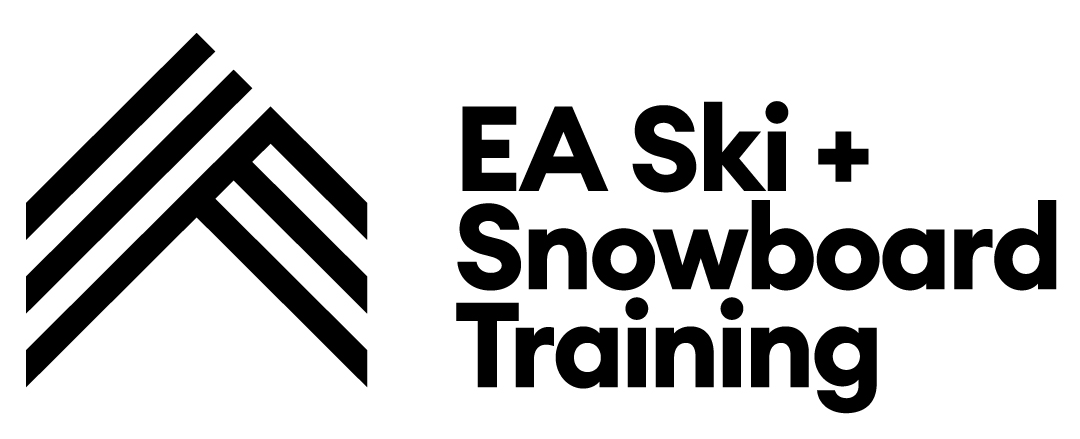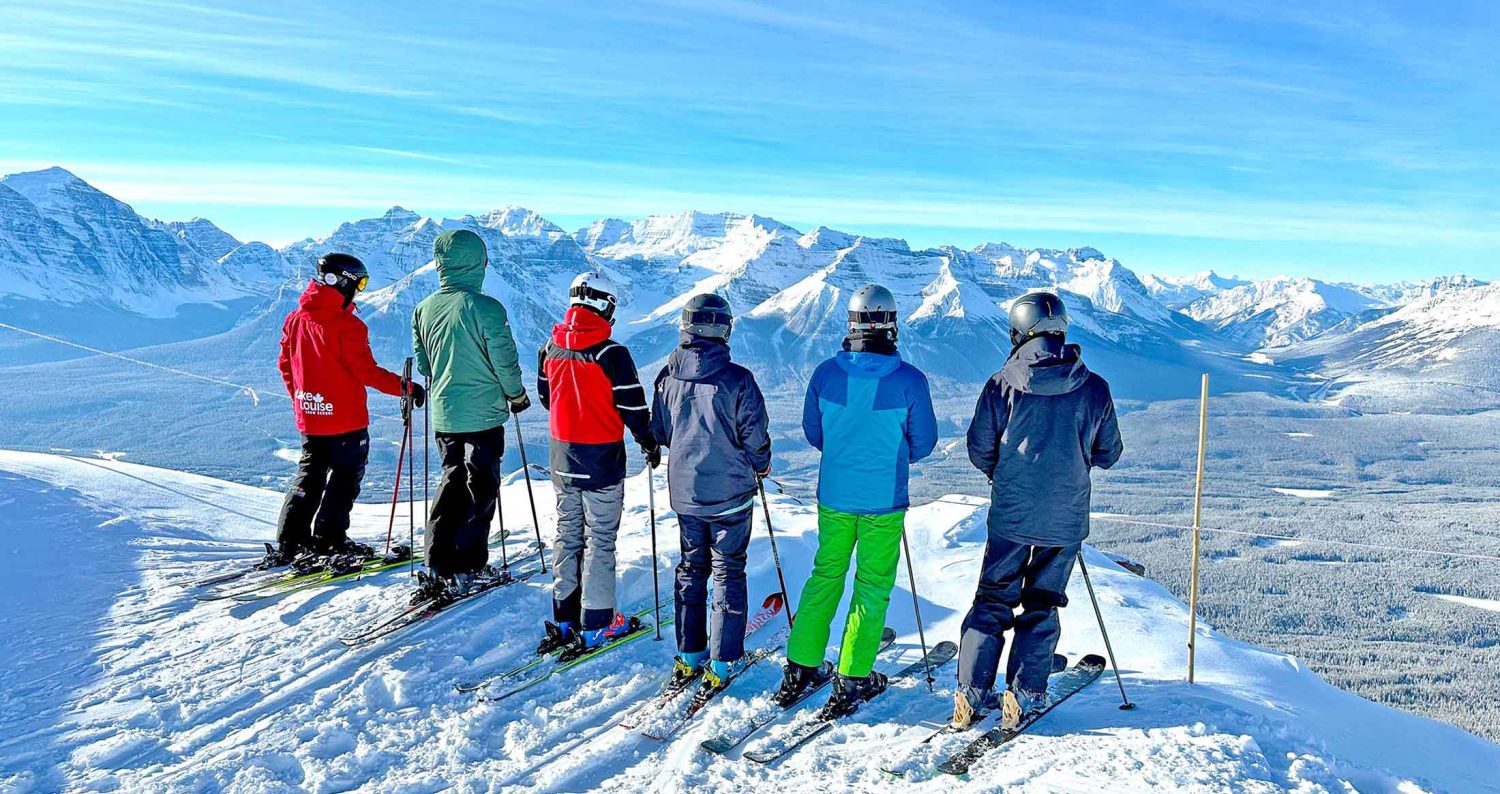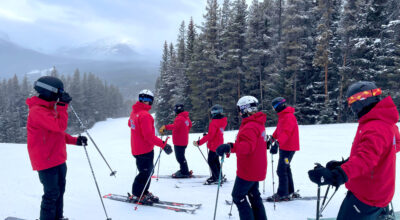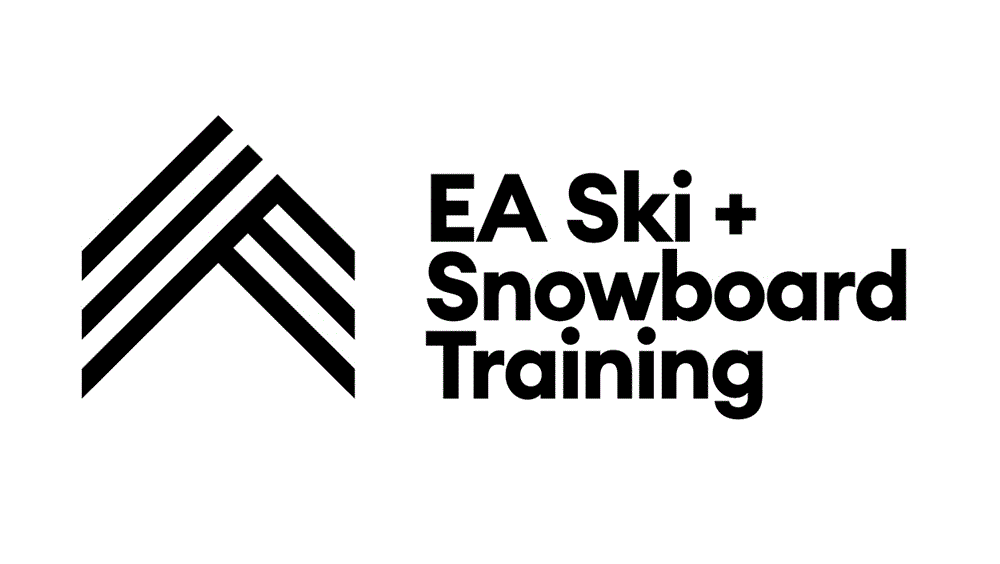Choosing The Right Skis For Your Ski Instructor Training Course
- Ski Instructor Courses
How to Choose the Right Skis for Your Ski Instructor Course
Preparing for your ski instructor course is an exciting step, and having the right gear is essential to your career on the mountain. As part of a Ski Instructor Training Course, you will be spending a lot of time on snow — refining technique, developing your teaching skills, and pushing your performance. That’s why choosing the right skis for your training is so important.
In this guide, we will break down what to look for in a pair of skis that will help you get the most out of your instructor training course!
Choose Piste-Focused or All-Mountain Skis
Your Ski Instructor Course will involve a lot of technical skiing on groomed runs. You’ll be practicing precise short turns, long turns, and drills designed to sharpen your form and control. For that reason, piste or all-mountain skis with a medium turning radius (around 14–18m) are the best choice.
Look for skis that:
- Hold a strong edge
- Are stable at moderate to high speeds
- Offer responsiveness and control on groomers
A good all-mountain ski can also handle variable snow, which is useful in places like New Zealand or Canada, where conditions can change at the drop of a hat.
Avoid Wide Powder Skis or Freestyle Skis
It can be tempting to bring a fat pair of powder skis, especially if you're training in Japoww. Skis that are too wide underfoot can make it harder to demonstrate precise technique on groomed runs when you are teaching. Save those fat pow skis for those pre work sunrise powder days and then grab your all mountain work skis while on the job.
Similarly, twin-tip or freestyle skis, while fun for those park rat days, however are not ideal for instructor training. These skis often lack the torsional stiffness and edge grip needed for assessment-level turns. Stick to skis that support control, accuracy, and progression.
Match Your Skis to Your Ability and Training Goals
As an instructor intern, you’ll be skiing every day — and pushing yourself to improve quickly. Find skis that match your ability level, but also allow room to grow. Many of our Level 1 and 2 instructors benefit from:
- Skis with a wood core and some metal reinforcement
- A flex pattern that’s firm enough for stability, but forgiving enough for learning
- A waist width of around 70–85mm
Top ski brands to consider include Atomic, Rossignol, Head, Salomon, Volkl, and Nordica — all of which offer great models designed for advanced-intermediate skiers aiming for precision.
Don't Forget the Right Length and Setup
As a general rule of thumb, your ski length should be somewhere between your chin and the top of your head. The exact size depends on your height, weight, and skiing style. Bindings and boots also play a huge role in overall performance — make sure everything is fitted before your Ski Instructor Course begins!
For more information please visit EA Ski And Snowboard Training
Latest listing at EA Ski and Snowboard Training
11 Week Lake Louise Ski OR Snowboard Instructor Training Course
Train to become a Ski or Snowboard Instructor at Lake Louise, Banff — one of Canada's largest and most renowned resorts.Voted Top Ski Resort in Canada

-
From £4845
-
Provided
More from EA Ski and Snowboard Training
Have a career break and become a snowboard instructor
Stefanie left her corporate office job in Switzerland and moved to New Zealand to become a snowboard instructor
Become a ski instructor in Banff
Harrison spent his 2022/2023 winter ski season with EA Ski and Snowboard Training in Banff, Canada.
Become a Ski Instructor: Turn your passion into your career
Be like Harry and live the dream as a ski instructor. At EA we offer full training, exam, accommodation, and guaranteed job offer, all in one season






